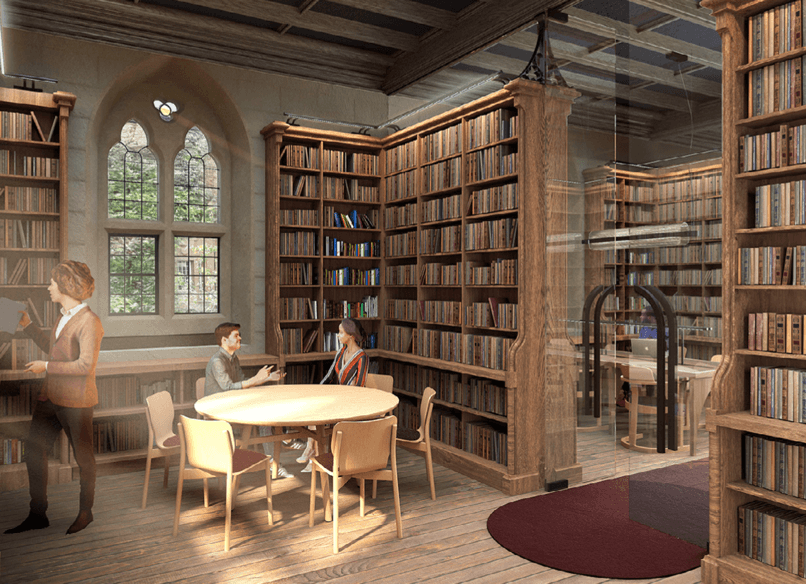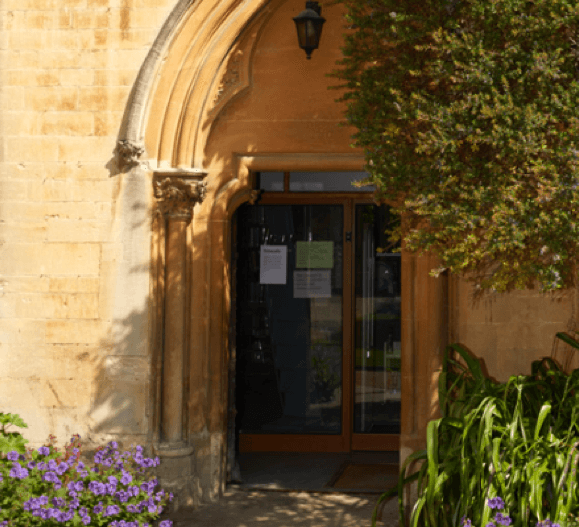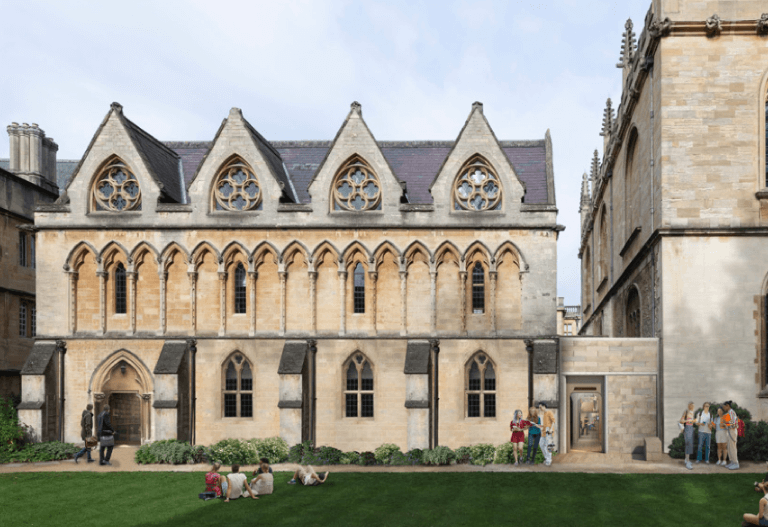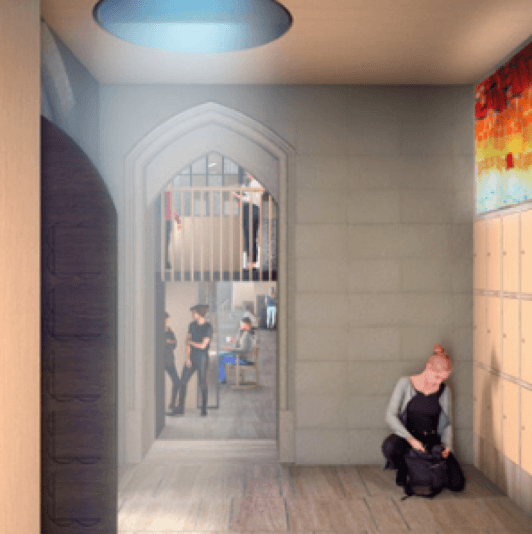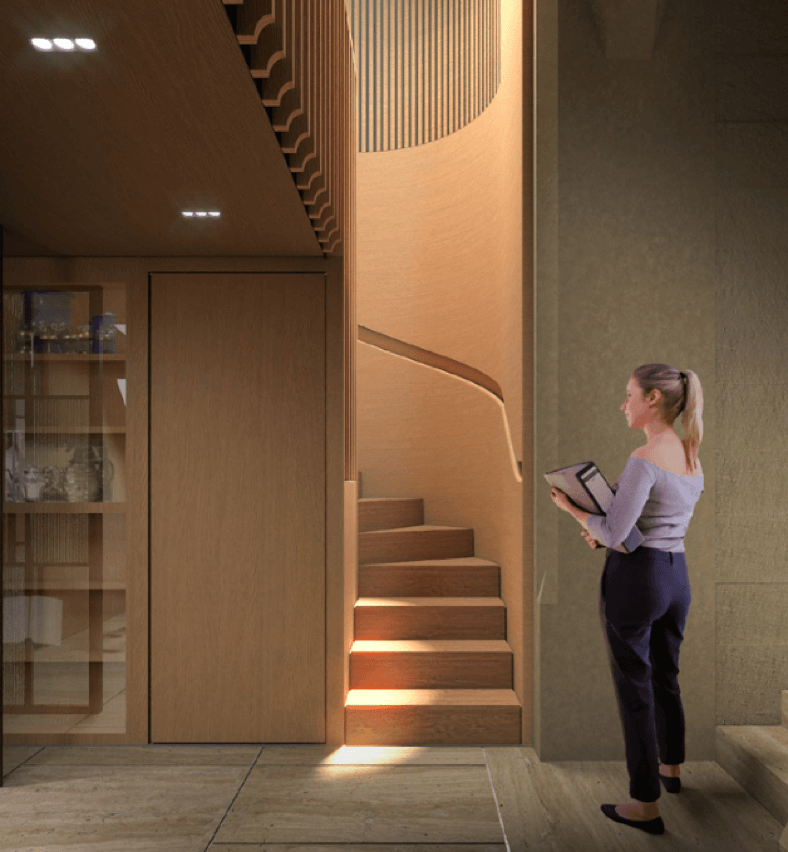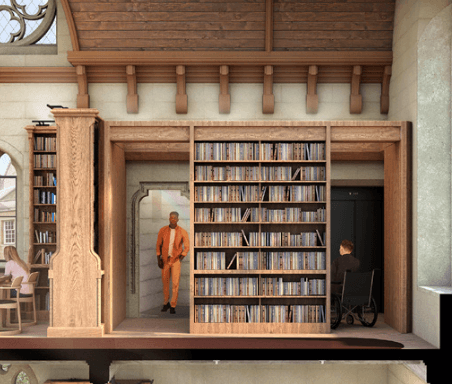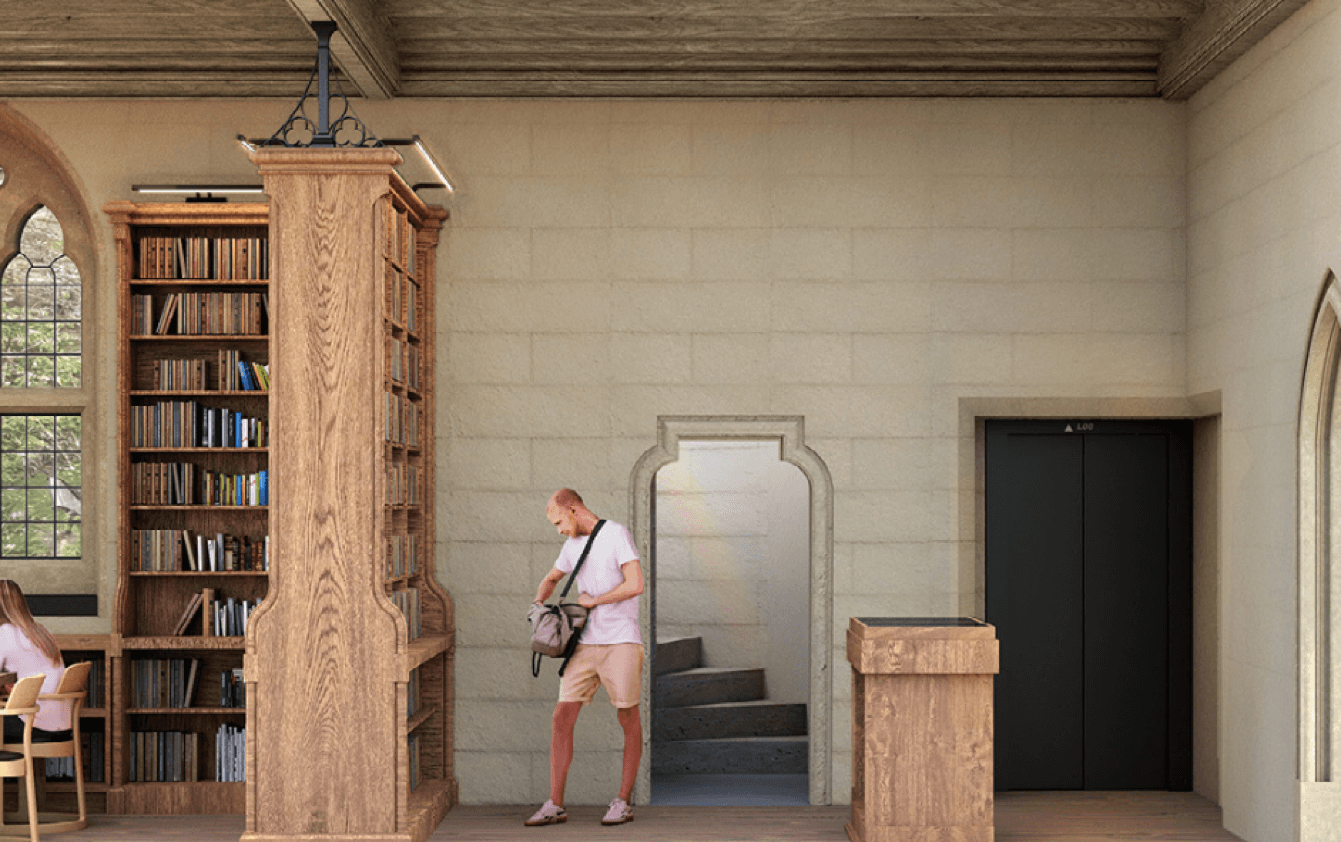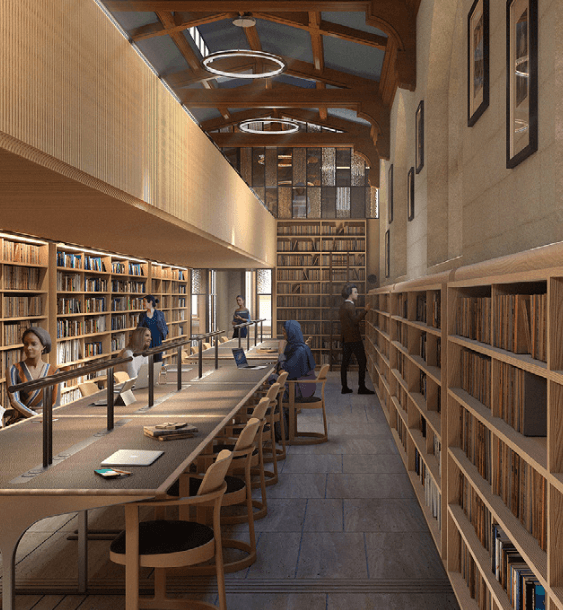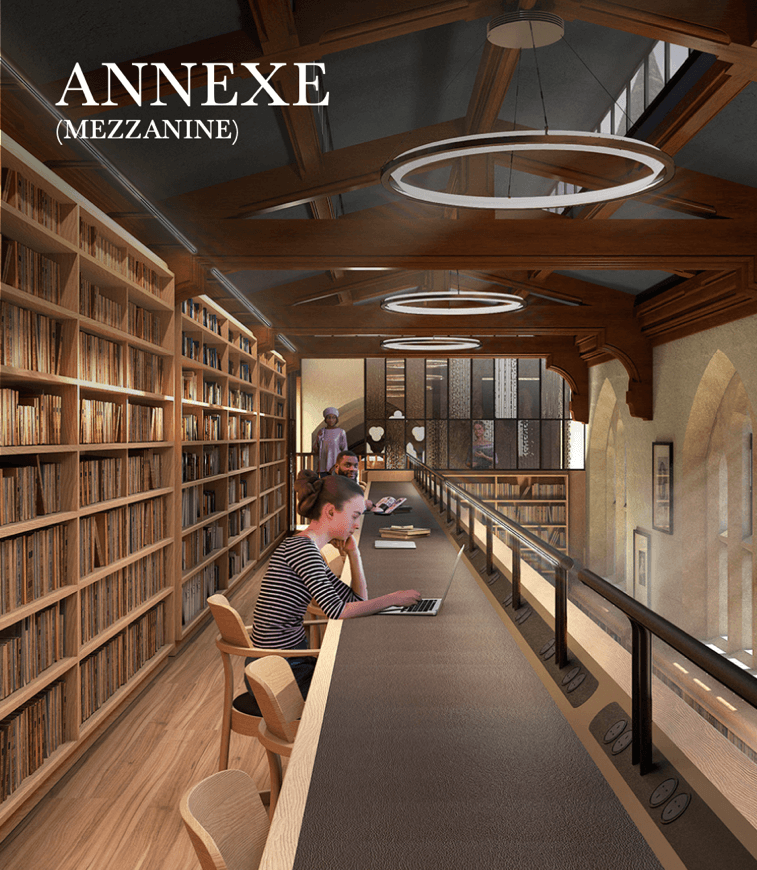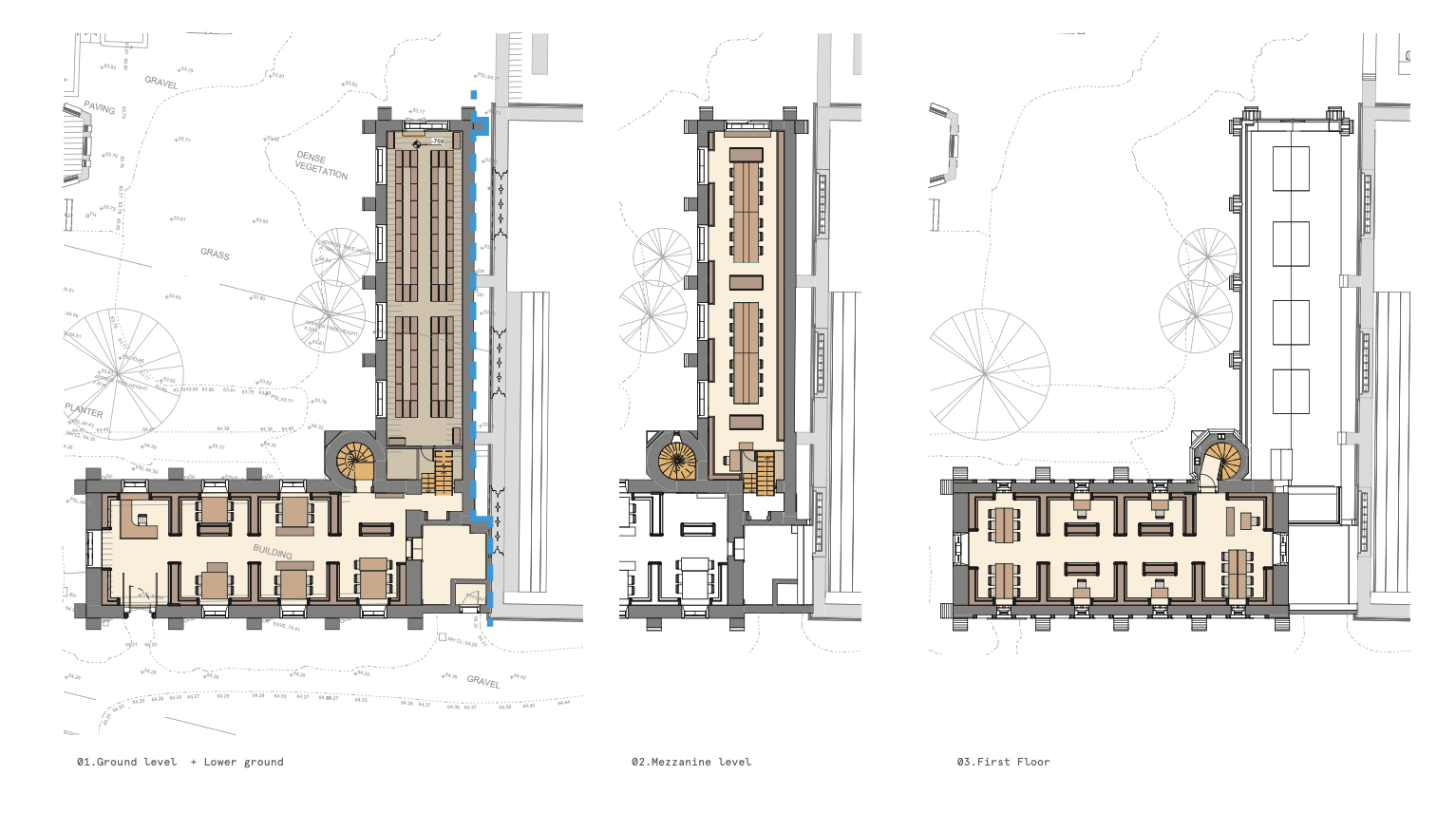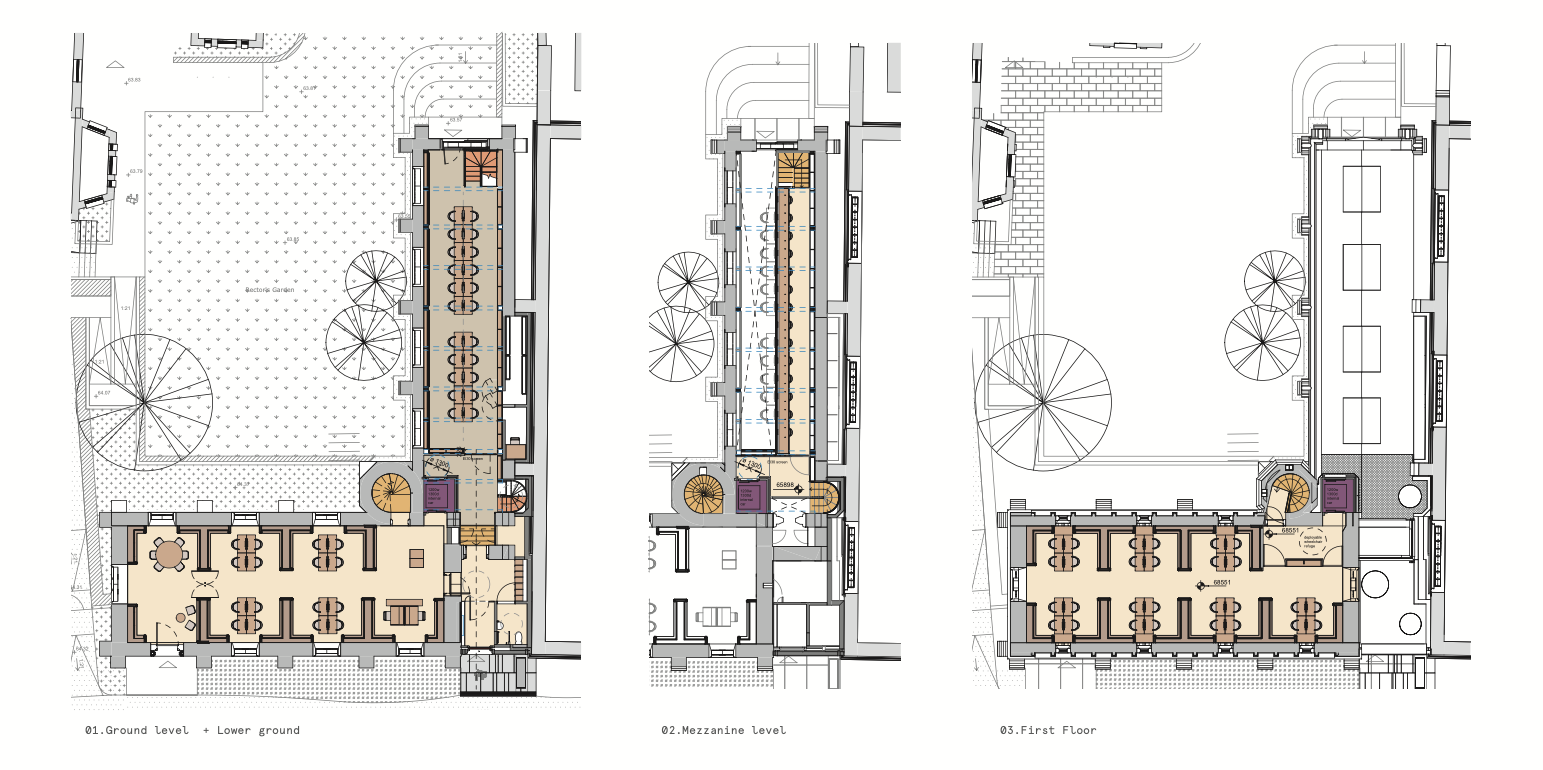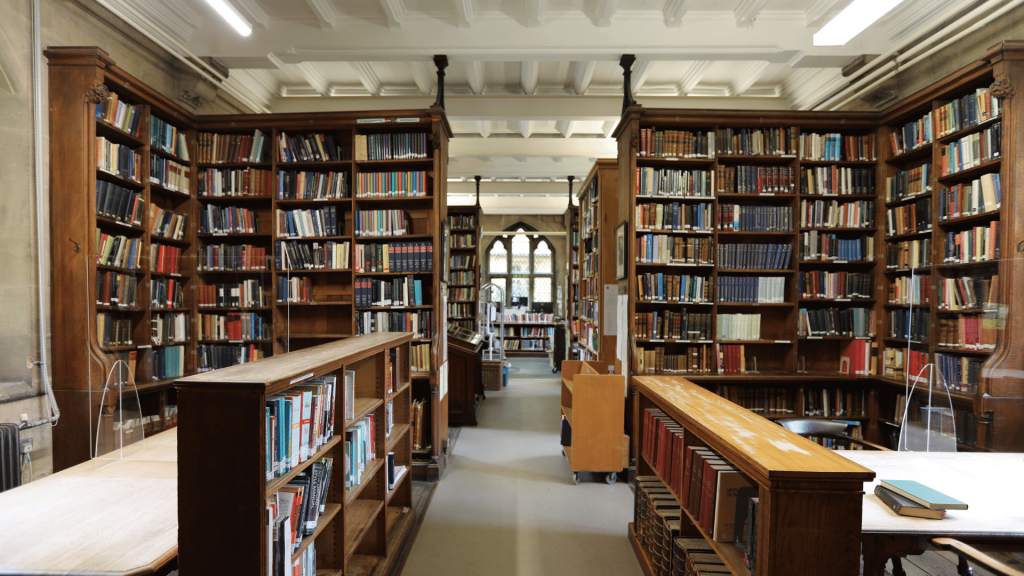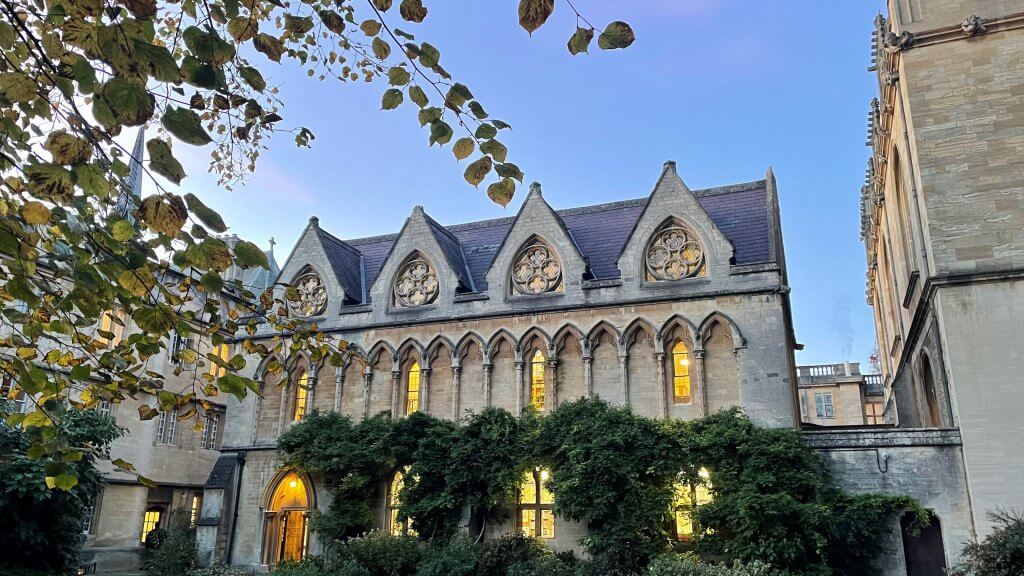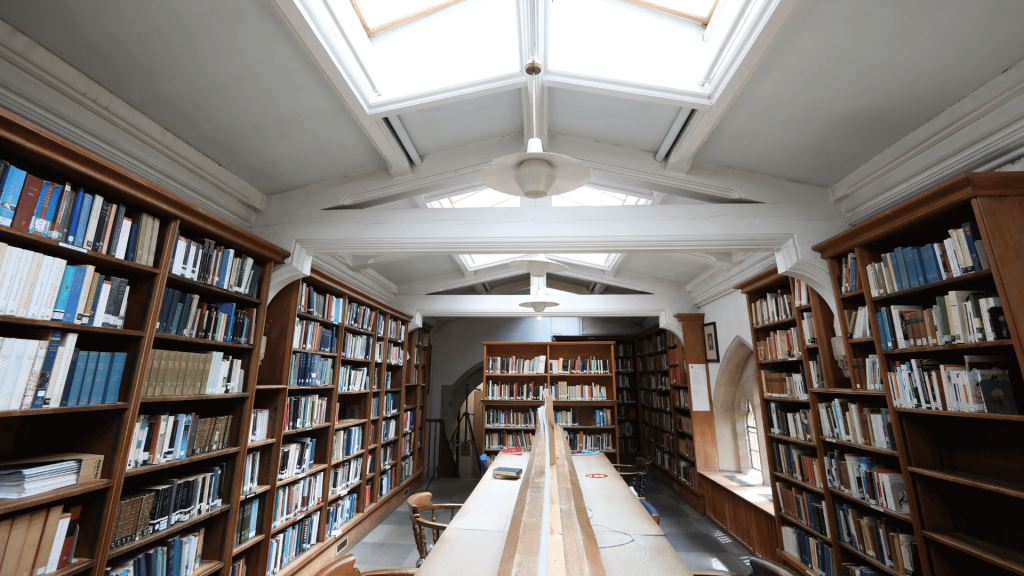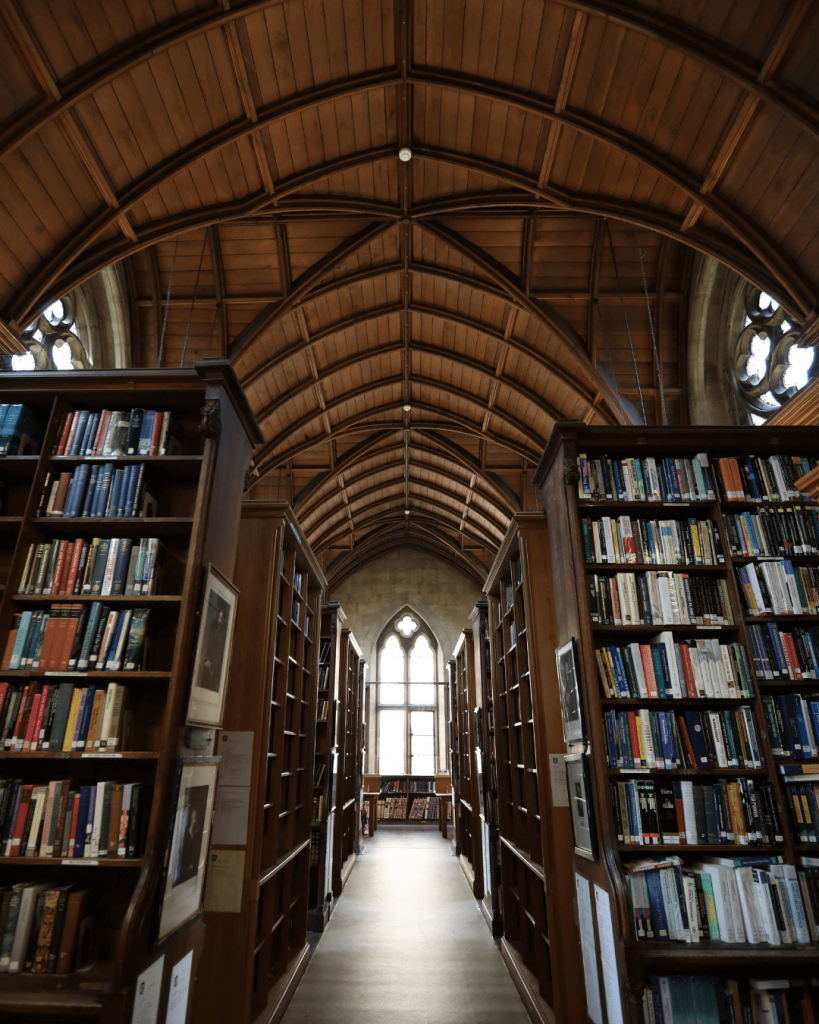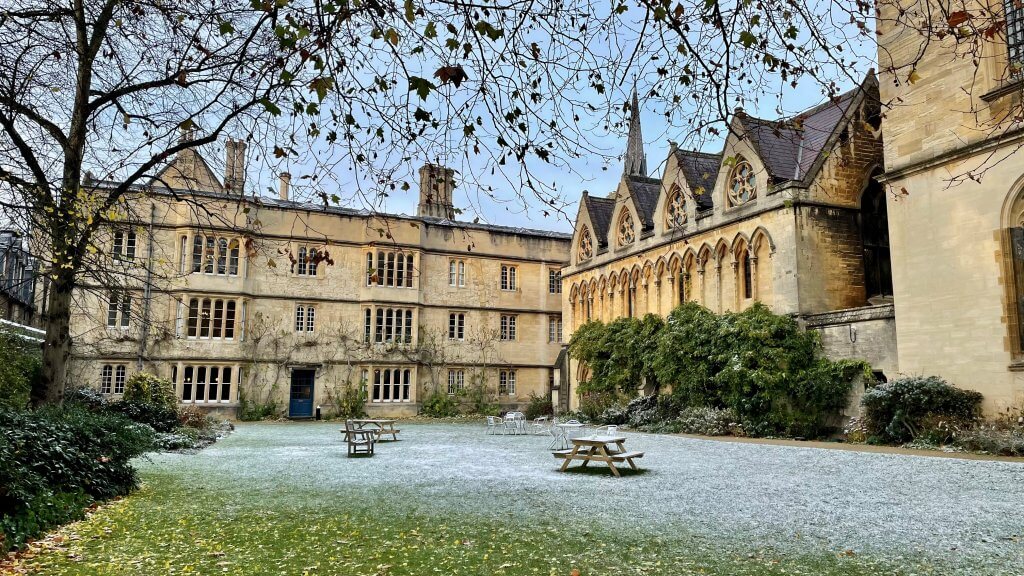Introduction
The Library at Exeter College, Oxford, was designed and built by the celebrated Victorian architect Sir George Gilbert Scott in 1856-7; it is a building of considerable architectural importance and one of the College’s most distinctive landmarks.
The Library is central to the student experience at Exeter College, and the building and its collections are extensively used 24 hours a day. It has been an intellectual home to many of the notable writers who have emerged from Exeter since the early 20th century, including JRR Tolkien, Alan Bennett, Martin Amis, Philip Pullman, Christopher Reid, Will Self and Amy Sackville.

